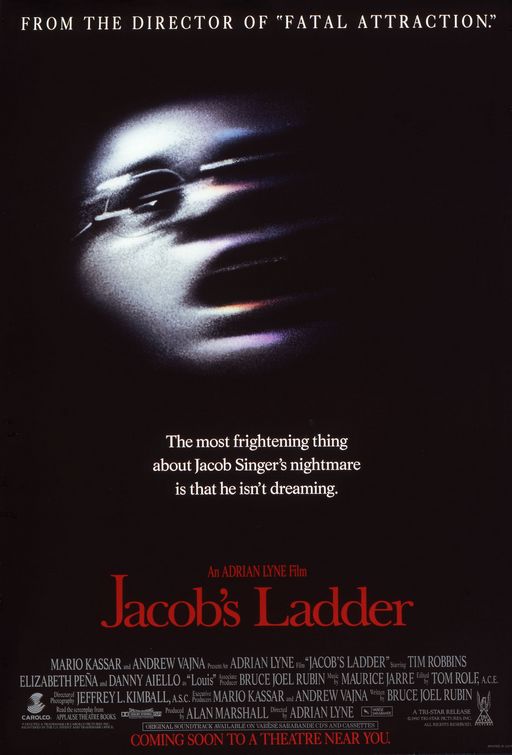by Jonathan Eig
Jump Cut


It has been more than sixty years since Toto tore the cover off the Wizard of Oz and more than forty since Sam Loomis unmasked Norman Bates. Narrative surprises about the identity of major characters are not new in Hollywood film. But three characteristics distinguish movies like The Sixth Sense, Fight Club, Memento, Mulholland Drive, and Donnie Darko from past, more typical, Hollywood identity-surprises.
First, in these films the character with the surprise invariably is the protagonist, as opposed to a supporting character who affects a more “normal” hero. The next two characteristics work in tandem. The hero in question does not know the true nature of his identity and so is not simply keeping a secret from us. And the audience does not know the backstory either. We are not let in on a secret the hero does not know. A sudden boomlet of movies intentionally lie to the audience and manipulate viewers’ emotional investment in the heroes. In critical circles, these movies have developed a trendy name: mindfucks.
The two Davids—Lynch and Fincher—are the modern-day champions of the mindfuck film, but they certainly owe a large debt to Luis Buñuel, who made a career out of yanking the rug out from under his audience. From the avant-garde Un Chien Andalou and the “is it real?” documentary Land Without Bread early in his career, right up until the final shot of The Discreet Charm of the Bourgeoisie and the double female lead in That Obscure Object of Desire, Buñuel played with our perceptions of his characters, simultaneously involving us in fictional lives and reminding us that what we are seeing is flickering light in the image of actors—a representation of a representation.
The current crop of Hollywood mindfucks from 1999-2001 no doubt has been fertilized by several successful “surprise” movies from the recent past. Both Neil Jordan’s The Crying Game (1992) and Bryan Singer’s The Usual Suspects (1994) boasted Oscar-winning screenplays and significant profits; artistic and financial success mark them as more widely seen than previous cult favorites like Terry Gilliam’s Brazil (1985)and Adrian Lyne’s Jacob’s Ladder (1990). But the heavy hitter in this recent history is M. Night Shyamalan’s The Sixth Sense (1999).
The Sixth Sense employs a plot device characteristic of all the recent mindfuck movies. At some point in the first act, after a character’s life is threatened, the story is either interrupted for a flashback to show how we arrived at this point (Fight Club and Memento) or the character appears to survive the threat. In The Sixth Sense, we will come to learn that Malcolm Crowe did not in fact survive, that at least part of his subsequent story has been illusory. That will be the big climactic surprise.
Such a narrative device did not originate with Shyamalan. Modern drama has paid plenty of attention to the nature of man’s life and death, from the mainstream of Thornton Wilder’s Our Town to the absurdism of Samuel Becket’s Endgame. Two earlier films employ an identical device: Robert Enrico’s Oscar-winning short La Riviere du Hibou (based on Ambrose Bierce’s story An Occurrence at Owl Creek Bridge and initially shown to a large American audience as part of The Twilight Zone1 television show in 1964) as well as Lyne’s Jacob’s Ladder. But neither led to similarly constructed movies nor did they generate $300 million dollar ticket sales in initial release, as The Sixth Sense did.
To Read the Rest of the Essay


No comments:
Post a Comment